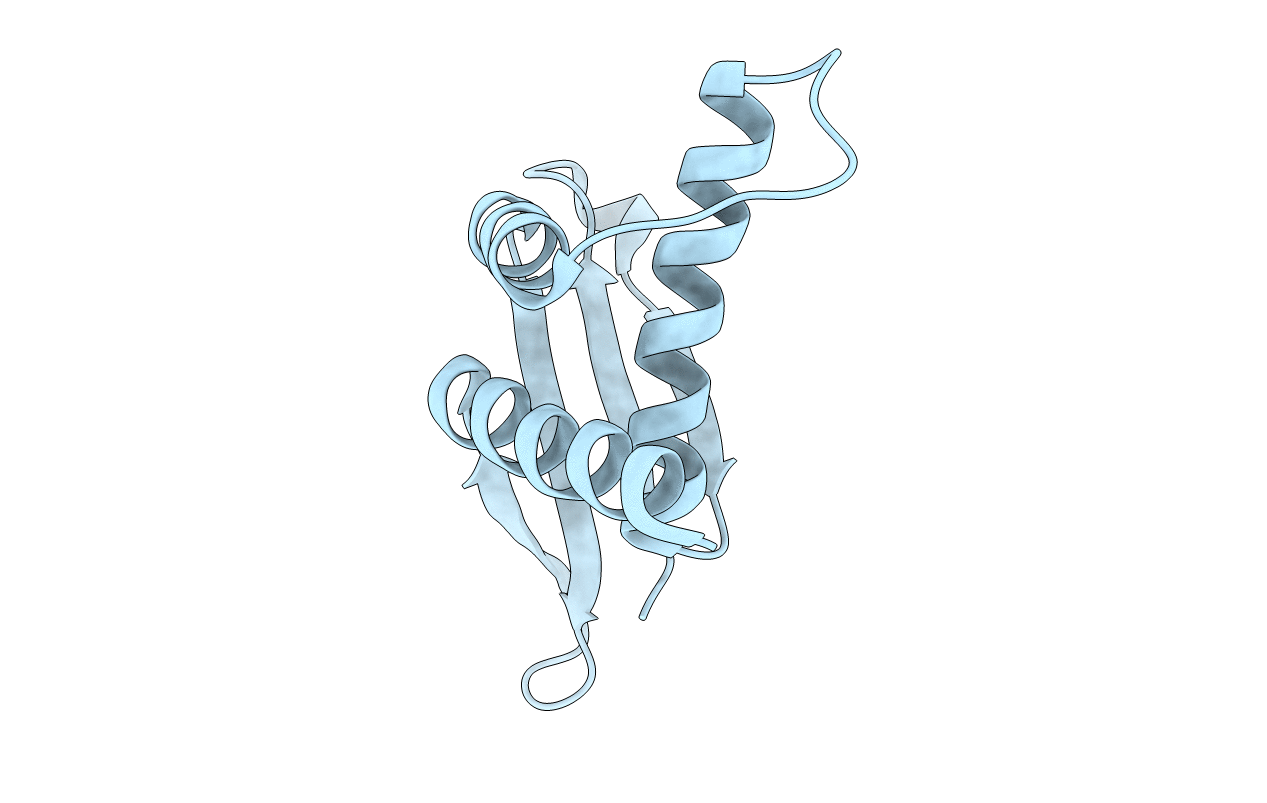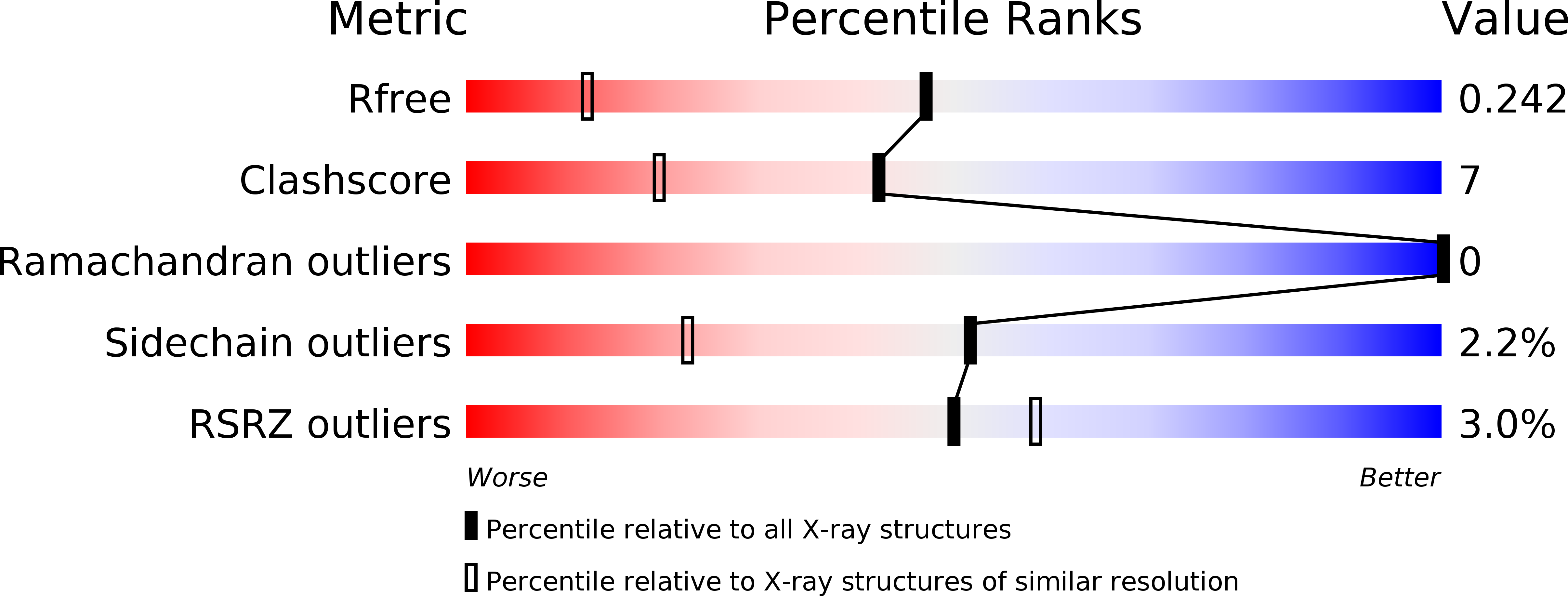
Deposition Date
2006-10-21
Release Date
2006-10-31
Last Version Date
2023-12-27
Method Details:
Experimental Method:
Resolution:
1.55 Å
R-Value Free:
0.23
R-Value Work:
0.19
R-Value Observed:
0.2
Space Group:
P 31 2 1


